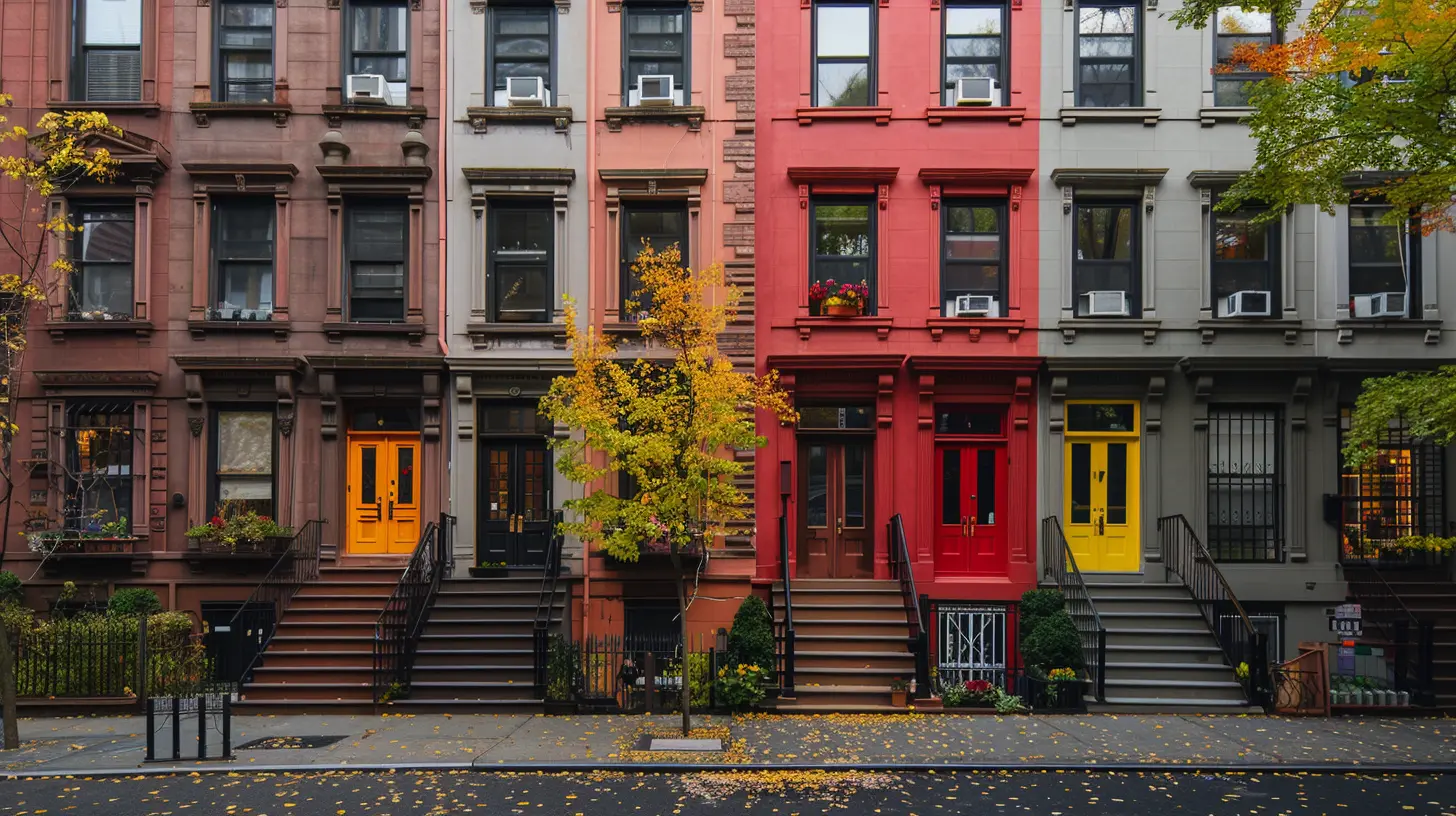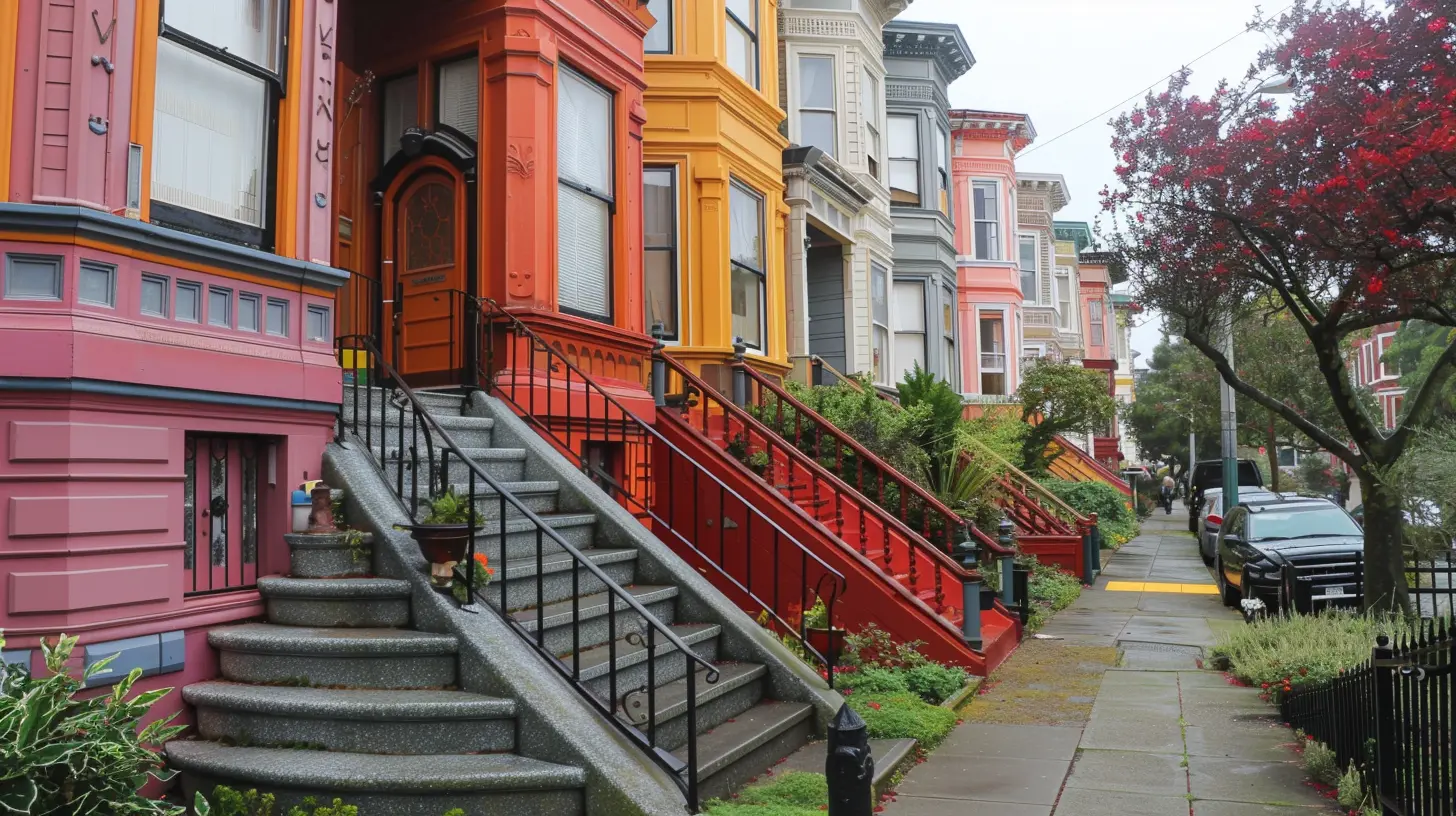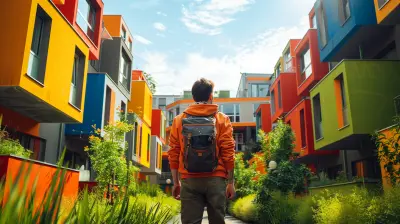Multifamily Property Maintenance: Best Practices for Landlords
27 November 2025
Owning a multifamily rental property is like running a tiny kingdom. You've got tenants with different needs (and personalities), a building that constantly demands attention, and the ever-present possibility of an unexpected plumbing disaster. But fear not, because with the right maintenance strategy, your rental property can run as smoothly as a well-oiled machine—or at least as smoothly as a machine that doesn’t randomly start leaking in the middle of the night.
So, if you’re a landlord looking to keep your property in top shape (and your tenants happy enough not to send angry emails at 2 AM), here are the best maintenance practices to follow. 
1. Have a Proactive Maintenance Plan (AKA Don’t Wait for a Disaster)
You don’t wait until your car’s engine starts smoking before you get an oil change, right? (Well, I hope not.) The same applies to your rental property. Waiting until something breaks will cost you more money, more stress, and possibly a few gray hairs.A solid proactive maintenance plan includes:
- Regular Inspections: Walk through your property at least twice a year to check for leaks, HVAC issues, and potential safety hazards.
- Scheduled Repairs and Upkeep: Things like roof inspections, HVAC servicing, and pest control should be scheduled in advance—not when something goes horribly wrong.
- Tenant Check-ins: Encourage tenants to report small issues before they turn into major problems. A little leaky faucet today is a full-blown indoor waterfall tomorrow. 
2. Respond Quickly to Maintenance Requests (Because Happy Tenants Stay Longer)
Let’s face it—nothing frustrates tenants more than slow maintenance. The longer you take to fix an issue, the more annoyed they get, and before you know it, they’re looking for a new place (and leaving you a scathing online review).To keep your tenants happy:
- Set up an easy way for them to submit maintenance requests (online portals work great).
- Acknowledge their requests promptly, even if you can’t fix the issue immediately (sometimes, people just want to know they’ve been heard).
- Aim to complete repairs as quickly as possible—especially for crucial issues like heating, plumbing, and electrical problems.
Remember, great maintenance = happy tenants = lower turnover = more money in your pocket. 
3. Keep Common Areas in Tip-Top Shape (Because First Impressions Matter)
Imagine walking into a building with flickering lights, stained carpets, and an elevator that makes unsettling noises—would you want to live there? Probably not.Common areas are the face of your property, so keeping them clean and well-maintained is a must.
- Lighting: Replace burnt-out bulbs immediately, and consider energy-efficient LED lighting.
- Hallways & Stairwells: Keep them clean, free of clutter, and freshly painted.
- Landscaping: A little greenery goes a long way! Well-maintained lawns, trimmed bushes, and clean outdoor spaces make your property more inviting.
A well-kept building tells tenants you care—before they even step inside their unit. 
4. Have a Reliable Team of Contractors (Unless You’re a DIY Superhero)
Unless you secretly moonlight as a plumber, electrician, and HVAC technician, chances are you’ll need professionals to help maintain your property. Having a go-to team of reliable contractors can save you time, stress, and money.Here’s who you should have on speed dial:
- A Trusty Plumber (because leaks and clogs always seem to happen at the worst times).
- An Electrician (because electrical issues are not DIY-friendly unless you enjoy surprises).
- An HVAC Technician (because no one wants to sweat through summer or freeze in winter).
- A Handyman (for general repairs, odd jobs, and things that mysteriously break).
Build good relationships with your contractors—you’ll need them more than you think!
5. Preventative Pest Control (Because No One Wants Uninvited Roommates)
Pests in a rental property are a surefire way to send tenants running for the hills. And the worst part? By the time tenants see pests, there’s usually already an infestation.To keep unwanted critters away:
- Schedule regular pest inspections and treatments.
- Seal any gaps or cracks where pests can sneak in.
- Educate tenants on proper waste disposal (because leaving food out is basically sending pests an open invitation).
Trust me, it’s better to prevent a pest problem than to deal with a full-blown infestation later.
6. Safety First: Keep Your Property Secure
Your tenants want to feel safe in their homes, and as a landlord, it’s your responsibility to make sure security measures are up to par.- Install secure locks on all doors and windows.
- Keep outdoor lighting bright to deter intruders.
- Consider security cameras for added protection.
- Make sure smoke and carbon monoxide detectors are working at all times.
Tenants who feel secure stay longer. It’s that simple.
7. Budget for Maintenance (Because Surprises Are Fun—Except When They’re Expensive)
If you don’t set aside money for maintenance, guess what? You’ll be in for a very unpleasant surprise when a major repair pops up.A good rule of thumb is to save:
- 1-2% of the property’s value per year for maintenance and repairs.
- Extra cushion for emergency repairs—because roofs don’t announce when they’re going to start leaking.
Having a maintenance fund ensures you’re not scrambling for cash when things inevitably go wrong.
8. Upgrade When Necessary (Because Old Appliances Have an Expiration Date)
If your property still has appliances from the '90s, it might be time for an update. While upgrades cost money upfront, they save you cash in the long run by reducing repair costs and making your property more attractive to tenants.Consider upgrading:
- Old appliances (nobody wants a fridge that hums like a jet engine).
- Outdated plumbing fixtures (low-flow faucets and toilets save on water bills).
- Heating and cooling systems (energy-efficient systems lower utility bills and keep tenants comfortable).
A little investment now can mean fewer headaches later—and happier renters.
Final Thoughts: A Well-Maintained Property is a Profitable Property
Keeping a multifamily rental property in great shape isn’t just about avoiding costly repairs—it’s about keeping tenants happy, reducing turnover, and protecting your investment.By staying proactive, responding quickly to maintenance requests, and having a solid team in place, you’ll keep your property running smoothly (and your tenants from moving out in frustration).
Maintenance may not be the most glamorous part of being a landlord, but trust me, staying ahead of the game will save you time, money, and a whole lot of stress.
Now, go forth and be the maintenance hero your tenants need!
all images in this post were generated using AI tools
Category:
Multifamily PropertiesAuthor:

Camila King

